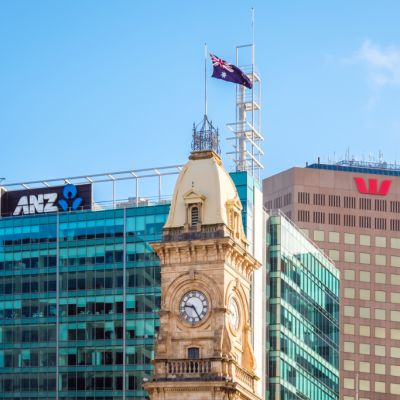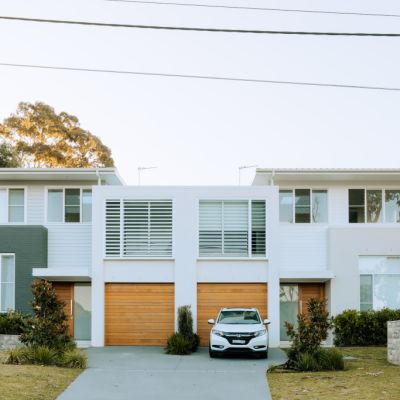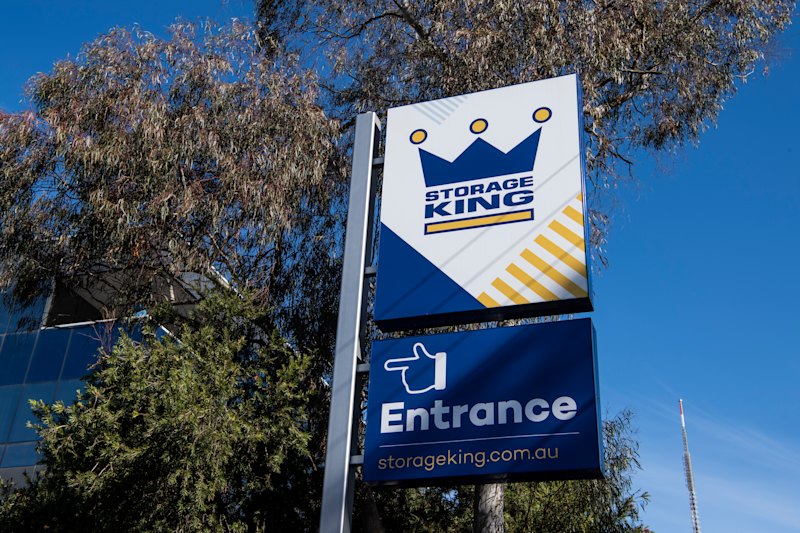RBA raises official interest rate for the 10th straight time

Key points:
- The RBA has lifted the cash rate target by 25 basis points to 3.6 per cent.
- This is the 10th time the official interest rate has been increased in this tightening cycle.
- Economists predict rates to peak in April or March, before coming down as early as November this year.
While the Reserve Bank of Australia (RBA) has voted to hike the cash rate by 25 basis points in the 10th rate rise in a row to 3.6 per cent, there could be only one more increase before a pause for breath, experts predict.
And then the rate could even be cut as early as November and December this year, says Commonwealth Bank of Australia head of Australian economics Gareth Aird.
“A lot of home buyers will feel considerable relief at the prospect that these rises won’t be going on indefinitely,” said Aird. “Households have been hit with a sledgehammer with a succession of rises that we’ve never seen before and at a time when the household debt-to-income ratio hasn’t been higher.”
“It’s been a particular shock to those who are coming off fixed-rate mortgages onto variable rates but, for everyone, it will be good news that the end is in sight.”
How the latest rate rise affects monthly repayments |
|
Home loan amount |
0.25% rate increase |
| $500,000 | $78 |
| $750,000 | $116 |
| $1,000,000 | $156 |
| $2,000,000 | $312 |
Source: Domain Home Loans Repayment Calculator. The above table shows the approximate amounts monthly home loan repayments could increase if interest rates rise. Based on a 30-year principal and interest loan with an initial 5.25% interest rate. Information is intended as a guide only. Fees and charges excluded.
The RBA said last month that inflation, standing at 7.8 per cent, had most likely peaked during the fourth quarter of 2022, but that domestic cost pressures were still strengthening.
As a result, after Tuesday’s rise, they’re likely to have one more increase in April, but then keep it steady, Aird forecasts. One of the major reasons is that data for the gross domestic product, wages, employment and unemployment and the Consumer Price Index all came in softer than market and RBA expectations.
With the unemployment rate likely to hit 4.3 per cent, on CBA calculations, a rate cut will help stop the jobless rate rising any further.
“I think the RBA are underestimating how the consumer is going to respond to rate hikes and the significant change to their cash flow,” said Aird. “The economy is showing signs of softening quicker than they anticipated and they’ve got to avoid a hard landing.
“So, I’m predicting one more rate rise in April to peak at 3.85 per cent, and then a pause, and our thinking is that in November and December the RBA will have a couple of rate cuts of 25 basis points each.”
That means that, later this year, the rate would fall back down to 3.35 per cent, to where it was set after the February RBA board meeting.
Domain Home Loans chief executive Kareene Koh says it’s possible there could be only one more rate rise left in the RBA’s arsenal, but it’s also conceivable they will have two more – in both April and May. Then the rate could come down in 2024.
“I think what will happen will be driven by some of the data that comes out in the next quarter, but the general consensus is that inflation is peaking or has just peaked,” Koh said. “We’re now enduring some short-term pain for hopefully long-term gain and we’ll get through this hump soon.”
“There’s a big cohort of home buyers now with fixed rates expiring and a lot of home loan customers say they can’t afford more rate rises and are pulling out. But if we have some stability with no more rises soon, then while they’ll feel a fair whack, it’ll give them confidence for the future, which is a big deal.”
Certainly, new Roy Morgan research shows an estimated 24.9 per cent of mortgage-holders – or 1.19 million people – were at risk of mortgage stress in the three months to January, the highest figure for a decade. Yet that’s still below the 35.6 per cent high reached in 2009 during the Global Financial Crisis .
With the new March increase, that figure at risk has risen to 27.8 per cent, or 1,372,000 people. But unemployment still remains the biggest threat to their financial health.
As a result of all that stress, there’s now a huge – and growing – cohort of people who are planning to downsize, in order to cope, to a smaller house, or from a house to an apartment, or from a city to a regional area where property is cheaper, advises finance expert Aaron Bassin, chief executive of non-bank lender Bridgit.
He says while, in the past, it was retired people who thought of downsizing, now it’s a much younger demographic, people who are middle-aged or those with families, joining the trend.
“High inflation and a rising cost of living has put a lot of pressure on the average Australian and created a shift and a re-evaluation of people’s household expenses,” Bassin said. “That’s especially for those people coming off fixed rate loans who may now find their repayments doubling.
“So, we’ll see younger people downsizing, which will mean more properties available to buy and we’ll see people freeing themselves of some of the pressures they’re currently feeling.”
“We hear from people who’ve done it that they feel huge relief.”
We recommend
We thought you might like
States
Capital Cities
Capital Cities - Rentals
Popular Areas
Allhomes
More










